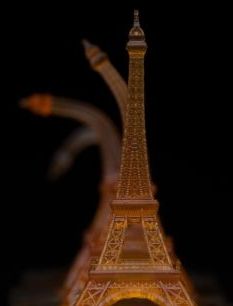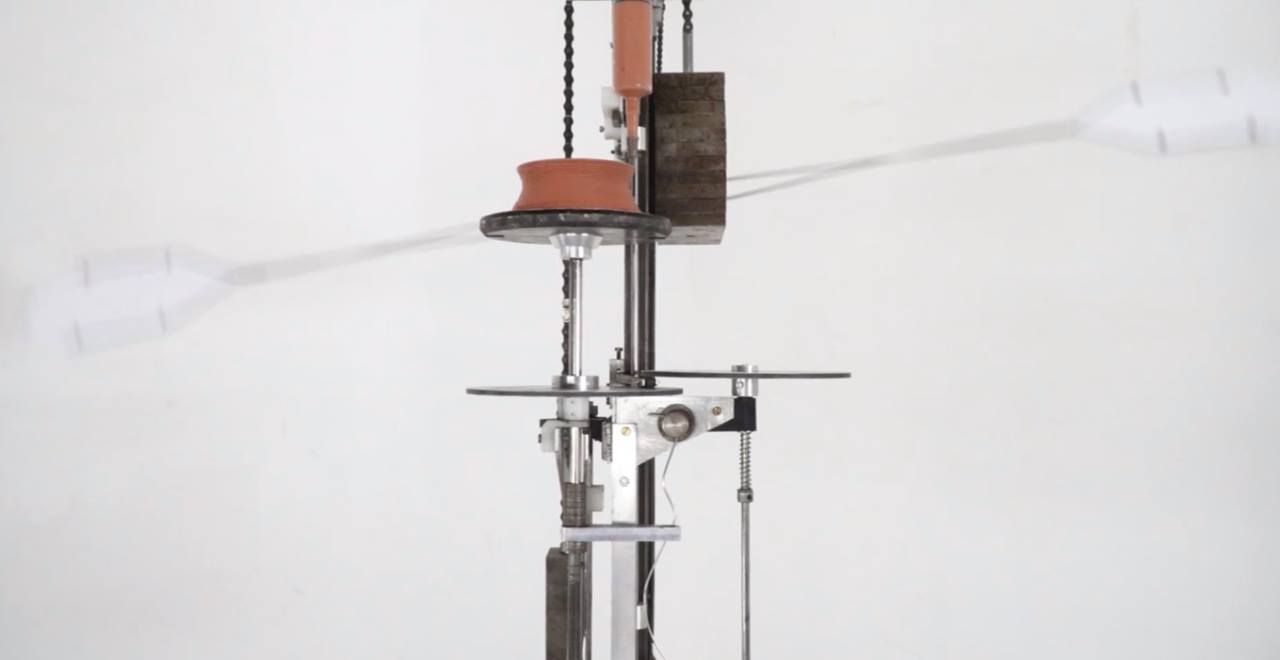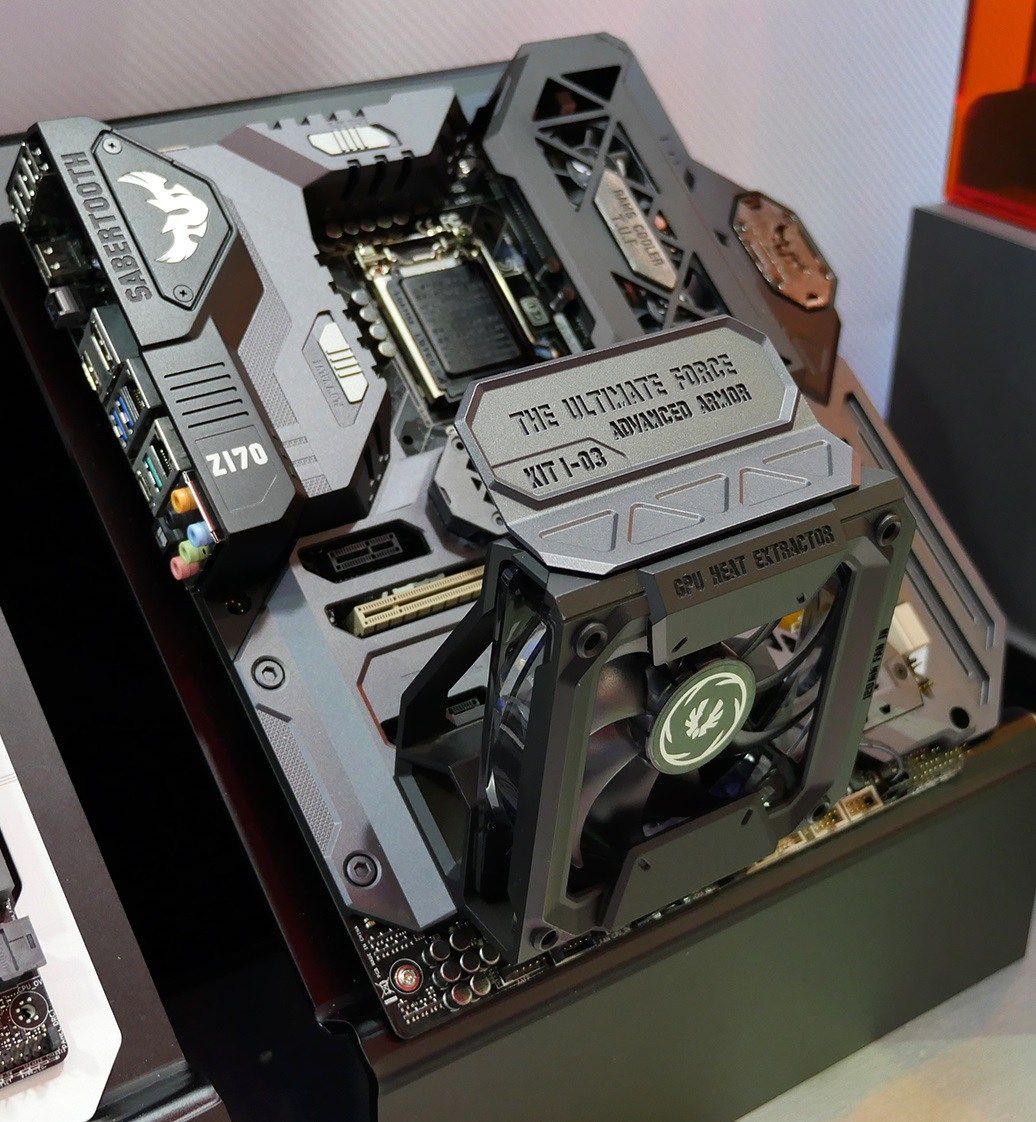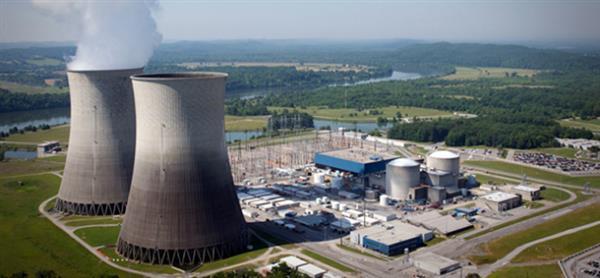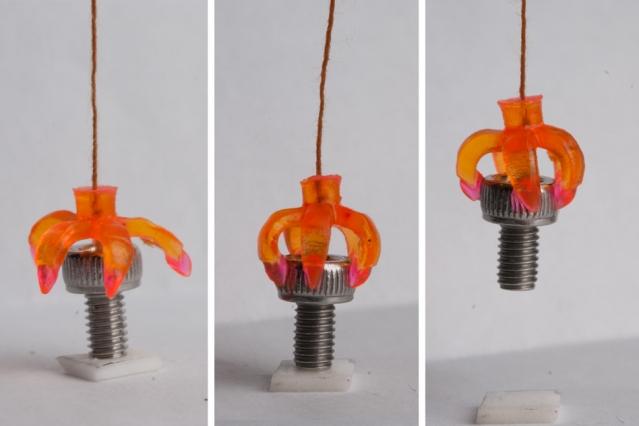Archive for the ‘3D printing’ category: Page 101
Sep 1, 2016
Oak Ridge Just Entered Record Books With The Largest 3D-Printed Object in the World
Posted by Karen Hurst in categories: 3D printing, materials
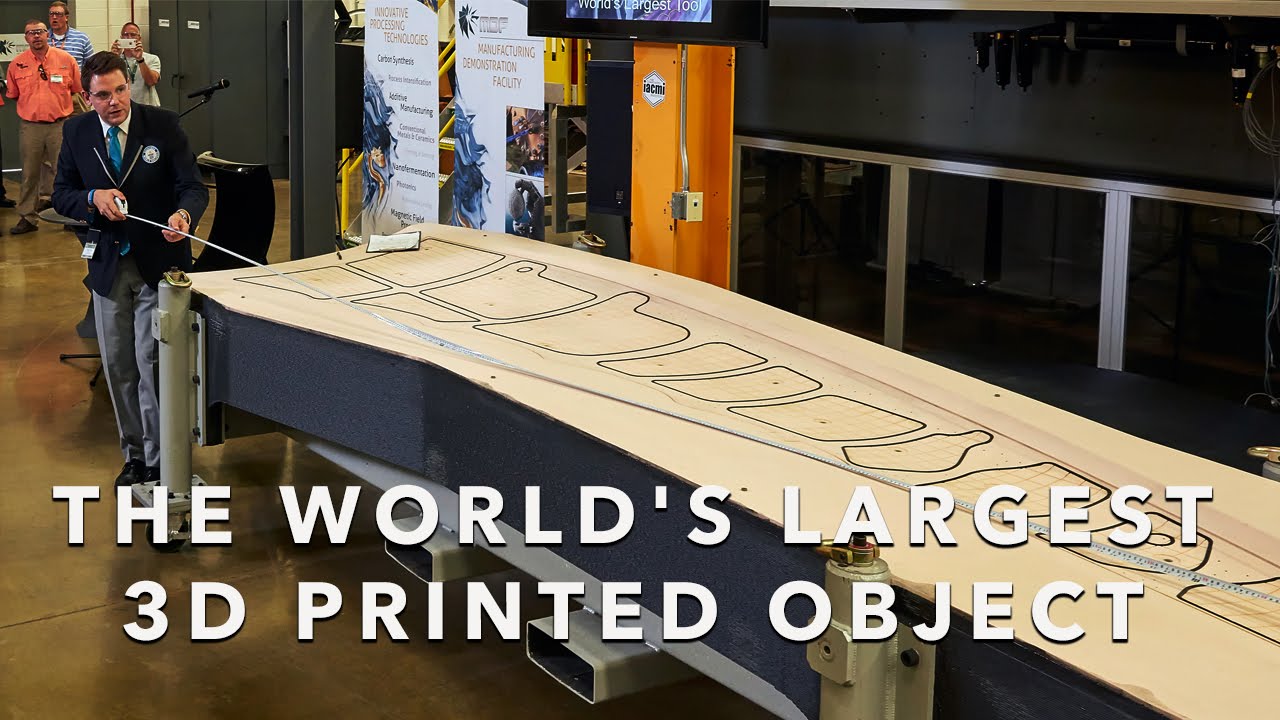
My friends at ORN setting records again.
Researchers at the Oak Ridge National Laboratory broke a world record for the largest solid 3D-printed item with its trim-and-drill tool. The item, which is practically the size of a large SUV, took 30 hours to print using carbon fiber and composite plastic materials.
Aug 30, 2016
MIT’s 3D-Printed Shape-Shifting Objects Could Revolutionize Medicine
Posted by Shailesh Prasad in categories: 3D printing, biotech/medical, cyborgs
Using light, a team of MIT researchers were able to print 3D structures that “remember” their original shapes. Even after being stretched, twisted, and bent at extreme angles, the structures sprang back to their original forms within seconds of being heated to a certain temperature “sweet spot.”
Beyond 3D-printed dinners, additive manufacturing has helped create artificial jaws, better prosthetics, and even brain tumors. Researchers at MIT have found a way to print 3D structures that remember their original shapes within seconds of being heated at a specific temperature “sweet spot,” paving the way towards developing tiny drug capsules that open upon early signs of infection.
Researchers often turn to 3D printing to fabricate shape-memory structures since the technology lets them to custom-design structures with relatively fine detail. The only problem is that conventional 3D printers come with size restrictions—the structures’ details can’t go any smaller than a few millimeters, and the restriction limits how fast the material can recover its original shape.
Continue reading “MIT’s 3D-Printed Shape-Shifting Objects Could Revolutionize Medicine” »
Aug 28, 2016
This 3D-Printer Doesn’t Use Any Electricity
Posted by Shailesh Prasad in category: 3D printing
Aug 27, 2016
These 3D-printed structures return to their original shapes after being distorted
Posted by Karen Hurst in category: 3D printing
Luv this.
A team of engineers has used light to print 3D structures that “remember” their original shapes even after being stretched, twisted and bent at extreme angles.
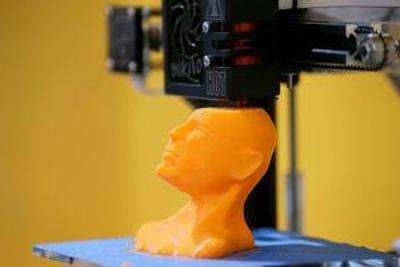 (Representative image)
(Representative image)
Aug 27, 2016
Now You Can Print Parts For Your Motherboards With 3D Printer
Posted by Karen Hurst in category: 3D printing
This could be bad news for some companies.
Many people love the flexibility of building their PC. They know that they can say what they want, how they want it. Each individual component in the PC can be customized to how the user wants it. Some people build them to achieve the top specifications while others will build them as cheaply as possible as are on a budget. Whatever the reason for building a PC, a little help has now been offered by ASUS, which will allow you to use 3D printing to print simply the components you need.
What ASUS plans to do is provide CAD files to customers to use their 3D printer to print their very own motherboard components. But, the printing is more for aesthetic reasons rather than anything else. The idea behind it is that consumers will be able to create a personalized look for their motherboard, or print other components in a particular color. Some suggestions also include being able to print company logo’s on parts also.
Continue reading “Now You Can Print Parts For Your Motherboards With 3D Printer” »
Aug 27, 2016
Full-size, 3D-printed Stargate portal replica took 1,000 hours to create
Posted by Karen Hurst in category: 3D printing
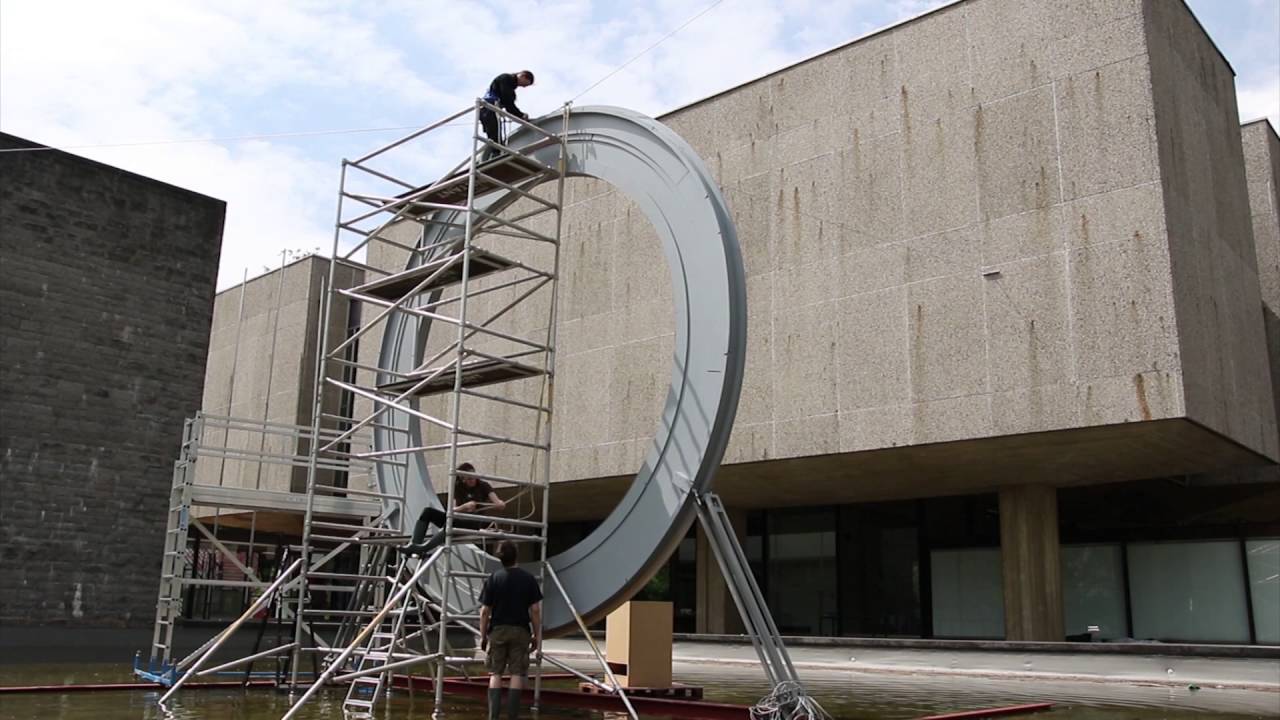
Art imitated in life again.
A 3D-printed, 20-foot Stargate portal replica is the centerpiece of a new exhibition at Belgium’s Musée royal de Mariemont.
Aug 27, 2016
3D design and 3D printing have become viable tools for nuclear sector, specialists say
Posted by Karen Hurst in category: 3D printing
Interesting.
3D design and 3D printing technologies have finally become viable tools for the nuclear sector, and various research projects have shown that they have the potential to greatly increase maintenance efficiency and reduce production costs.
Aug 27, 2016
Researchers Create Microstereolithography for 4D Printing, Potential for Impacts in Medical, Solar & More
Posted by Karen Hurst in categories: 3D printing, 4D printing, augmented reality, biotech/medical
 Technology can be confusing when it begins moving at such an accelerated rate, perfectly exemplified by the 3D industry, and encompassing all that goes with it, from 3D scanning to 3D printing and then peripheral industries that are often connected too such as augmented and virtual realities. We’ve barely digested all the stunning innovations making impacts in so many different sectors, from 3D printed medical models that allow for more complex surgeries, to 3D printed parts for a suspension system that make racing bikes go faster, all the way to incredible toys for your kids using augmented reality systems.
Technology can be confusing when it begins moving at such an accelerated rate, perfectly exemplified by the 3D industry, and encompassing all that goes with it, from 3D scanning to 3D printing and then peripheral industries that are often connected too such as augmented and virtual realities. We’ve barely digested all the stunning innovations making impacts in so many different sectors, from 3D printed medical models that allow for more complex surgeries, to 3D printed parts for a suspension system that make racing bikes go faster, all the way to incredible toys for your kids using augmented reality systems.
Yet, while work is definitely just beginning in the 3D realm, scientists have already begun exploring a range of uses for 4D technology that should prove offer impacts in just as many applications, from the medical field to electronics and far beyond. It might seem like a lot all at once, but the two technologies definitely work together, with the 4D emphasis adding a more intuitive, smart angle to fabrication.
As we’ve seen in other studies using the application of heat, it would appear that 3D printed objects can be treated or manipulated to cause shapes to morph according to their environment, as well as remembering their previous state and going back to it in the appropriate conditions. Now, teams from both MIT and the Singapore University of Technology and Design (SUTD) are employing light in their endeavors to create smart structures. They’ve had good success too, if the amount of torturing they’ve put these materials through is any indication. According to the engineers, they’ve twisted, bent, and stretched everything from small coils to flowers fabricated out of numerous materials, and even a replica they made of the Eiffel tower. As is the case with structures being pushed into the 4D realm, all of the above materials reverted.
Aug 27, 2016
Going beyond 3D printing to add a new dimension for additive manufacturing
Posted by Karen Hurst in categories: 3D printing, materials

A team of Lawrence Livermore National Laboratory researchers has demonstrated the 3D printing of shape-shifting structures that can fold or unfold to reshape themselves when exposed to heat or electricity. The micro-architected structures were fabricated from a conductive, environmentally responsive polymer ink developed at the Lab.
In an article published recently by the journal Scientific Reports (link is external), Lab scientists and engineers revealed a strategy for creating boxes, spirals and spheres from shape memory polymers (SMPs), bio-based “smart” materials that exhibit shape-changes when resistively heated or when exposed to the appropriate temperature.
Continue reading “Going beyond 3D printing to add a new dimension for additive manufacturing” »

